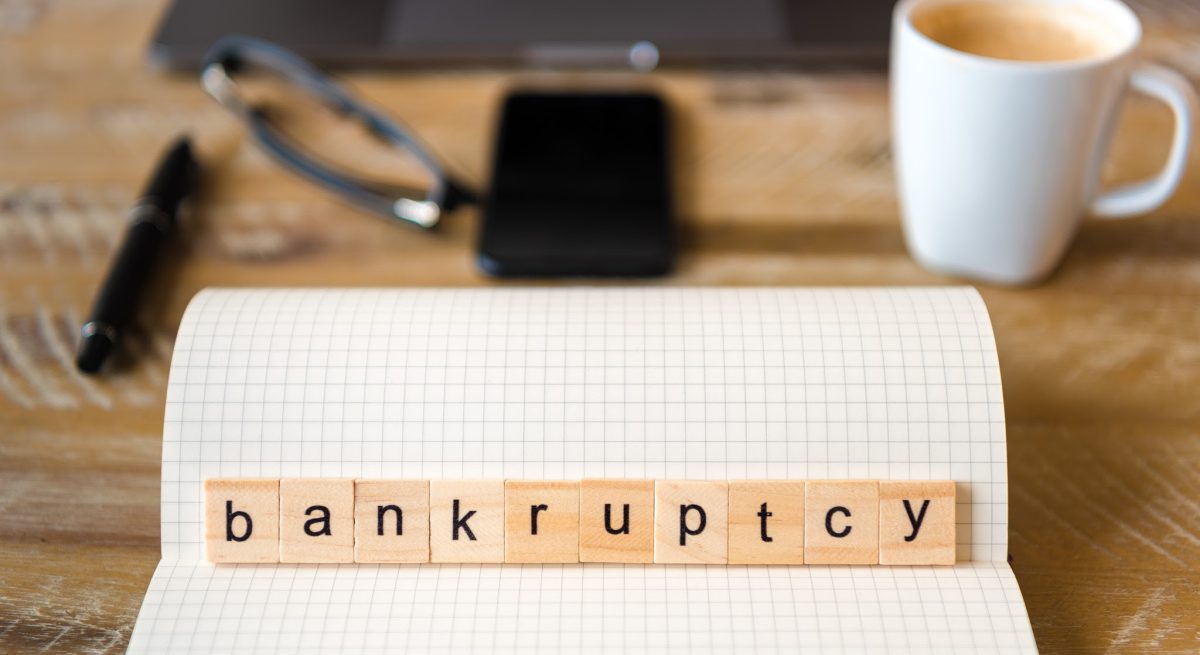Bankruptcy Guide for Restaurants
4 Min Read By Adam H. Rosenblum, Esq.
In February 2020, the National Restaurant Association announced projections that restaurant industry sales would reach $899 billion this year, experiencing four-percent growth “mirroring general economic conditions.”
That seems like a lifetime ago.
The COVID-19 pandemic has caused restaurant sales to plummet. In many states, revenue has declined by as much as 80% over the same time period in 2019. New York City and other metro areas have been hit particularly hard. While business has picked up in those states that have begun easing restrictions, many restaurateurs have been forced to close up shop. Some have (or are considering) filing for bankruptcy.
Alternatives to Bankruptcy
Struggling to pay one’s debt does not automatically mean bankruptcy is inevitable. Restaurant owners have a few options that can be considered first.
The CARES Act offers several options that many restaurants have already chosen to take advantage of. Those who haven’t done so yet should consider how these programs can help.
The most notable is the Paycheck Protection Program loan. These are 100% federally guaranteed loans for businesses that employ less than 500 employees. If used for payroll costs, mortgage interest, rent, and utility costs, then the loan may be eligible for forgiveness.
The CARES Act also offers tax relief for businesses, including delayed payment of employer Social Security taxes and increased interest deductions.
Beyond this, restaurant owners may be able to negotiate or restrict lease rates. The COVID-impacted economy means a vacant lot may be vacant for far longer than normal. This gives the restaurant owner room to negotiate with the landlord.
In some cases, it may be worth it to recapitalize the operation. This cash infusion—with interest rates at record lows—may be enough to help some businesses stay afloat until the business is profitable again.
Types of Bankruptcy
When a restaurant files for bankruptcy, the owner (or owners) must choose between filing under Chapter 7, Chapter 11, or Chapter 13.
Those who file under Chapter 7 cease all business operations. In this scenario, the goal is to liquidate assets to pay off as many creditors as possible. Bankruptcy court will decide who gets paid first and how much.
When filing under Chapter 11, all or most debts are suspended while the business attempts to reorganize. The goal is to become profitable again and pay all or most debts owed. This option is most often used for large businesses that can sell off valuable assets and restructure as a smaller, leaner, and more cost-efficient operation. A Chapter 11 bankruptcy plan must be submitted to the court and approved by a judge (more on that below).
Chapter 13 allows restaurant owners to renegotiate payments with creditors. This is ideal for businesses that have hung onto some steady revenue, but not enough to pay mounting debts. This would allow a restaurateur to hold onto his/her assets in the hopes of weathering the COVID-19 slump.
What Happens When a Restaurant Files for Bankruptcy?
The first thing a restaurateur should do is hire a bankruptcy attorney. The second is to get ready for a lengthy process.
The filing process formally begins with paperwork and a filing fee. There are 94 jurisdictions of U.S. Bankruptcy Court and the paperwork must be filed in the appropriate one. After that, the company must file disclosures with the court—these can be extensive and time-consuming.
For Chapter 11 and 13 bankruptcies, one must draw up reorganization and payment plans and share them with the bankruptcy court. These plans must include how much each creditor will be paid and how long it will take to pay them.
Along with these forms, restaurants are often required to submit detailed information on the company’s business relationships, liabilities, and assets. These requirements have been reduced or eliminated for those filing as a "small business." The debt cap for such filing has also been increased to $7.5 million, likely covering most individual restaurants in terms of debt.
Next, a confirmation hearing will be held to discuss the reorganization plan with creditors and the court. If the plan is rejected, a new plan must be drawn up based on feedback from the judge. If it is accepted, the business can move forward under the agreed-upon conditions.
Those filing for bankruptcy are usually required to submit updates on progress to show that they are making payments and following through with the bankruptcy plans.
What are the Advantages and Disadvantages of Filing for Bankruptcy?
Filing for bankruptcy is not a decision one should make hastily. There are both advantages and disadvantages to doing so that a restaurateur should consider.
In terms of advantages, bankruptcy triggers an automatic stay. This prevents creditors from taking action against the entity, such as repossessing property, suing, or even sending threatening letters. In addition to the automatic stay, filing for bankruptcy may allow one to discharge obligations for certain kinds of debt.
Among the disadvantages is the risk that one’s property can be seized to pay debts. There is also a limit to how often one can file under Chapter 7 (once every 8 years). Further, bankruptcy generally remains on one’s credit rating for up to 10 years, which can make it difficult to get future business loans or lease commercial property.
It’s important to remember that no matter what the downsides, bankruptcy does not have to be the end of one’s career. Although it takes time and discipline, people can and do recover from bankruptcy and go on to run successful businesses in the future.


